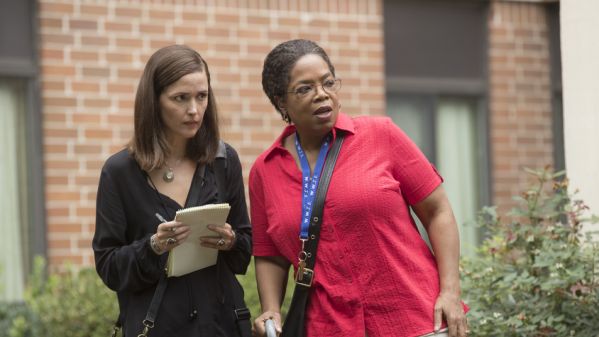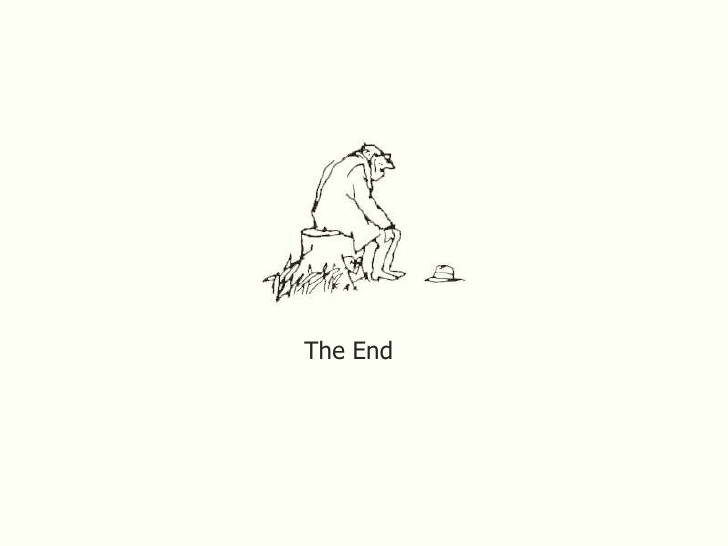The Immortal Life of Henrietta Lack greatly revolves around different women’s lives and has a very strong female voice. Here is a video with proof of this:
Transcript:
“As shown in The Immortal Life of Henrietta Lacks, women have been central characters all throughout Henrietta’s lifetime, with many women becoming central characters after Henrietta’s life has passed. While men have been very instrumental to the story, it is the women who keep the ball rolling in the research of Henrietta’s life. Men are often the breadwinners in this story, but nearly every woman in this novel has been portrayed as strong and independent. Women are often the silent heroes, like Henrietta Lacks herself, a woman who kept much of her suffering to herself, in fact “no one remembers her complaining of feeling sick” (Skloot, 42). Even her daughter, Deborah becomes a hero by searching long and hard for information about her mother. [clip from movie] In her family, Deborah is a strong woman who has many struggles but still works her hardest to help her family. Women also play the roles of supportive characters, like Sadie and Gladys, Henrietta’s support system and cousins. Often women have to exercise their power in order to be seen. Otherwise, women are seen as property and not a person, like Henrietta often being referred to as HeLa instead of Henrietta Lacks (Griffin, 2012). In order to exercise her power, Deborah has to work harder than many of the male characters present in this story. She digs tirelessly for information about her mother and sister, Elsie, with the help of the protagonist, Rebecca Skloot. Through her research, Deborah learns, “that [she] did have a mother, and all the tragedy she went through.” (288). Because of her power and knowledge, people view Deborah as a guardian. Her family leans on her for comfort and information, and she can control even the trickiest people in her life. At first, women are restricted, like Henrietta whose cells are taken without her permission or Deborah who is given no information about her mother’s medical history. [clip] Gender issues play a huge part in these women’s lives, determining many of their experiences (“Feminist Criticism (1960s-present)”, 2010). Eventually, through proving themselves to be hard workers, the women of this story are able to persevere and earn the respect that they deserve. Rebecca clearly views the women in this story as strong characters and seems to feel that men are more stubborn and less sensitive. This makes it easier for the reader to feel emotionally connected to the women of the story and harder for them to relate to the men. It seems that this story revolves around the struggles of diversity, specifically among races and genders. Although the odds are stacked against them, every woman in this story ends up on top whether it be Henrietta saving countless lives, Rebecca bringing peace to the Lacks family or Deborah finally getting closure about her mother and sister. It took a lot of work and “the impact of such a detailed account of their history” was vast, however the strong women in this story continued digging (Melissa, 2011). These women persisted, resulting in a happy ending for all and a wonderful and true story about family, equality and strong women.”
Sources:
“Amazing & Beautiful Cinematic Background Music For Videos” Youtube, 21 Jan. 2015,https://www.youtube.com/watch?v=_Gd8mbQ3-mI. Web. Accessed 20 July 2017.
“The Immortal Life of Henrietta Lacks: Official Trailer (HBO)” Youtube, 15 Mar. 2017, https://www.youtube.com/watch?v=X-jxEX1XQpY. Web. Accessed 20 July 2017.
Allen Brizee, J. Case Tompkins, Libby Chernouski, Elizabeth Boyle. “Feminist Criticism (1960s-present)” The Purdue OWL, Purdue U Writing Lab, 21 Apr. 2010, https://owl.english.purdue.edu/owl/resource/722/11/. Web. Accessed 20 July 2017.
Griffin, Rachel. “Writing Henrietta Lacks Into Herstory” Ms. Magazine, 29 March 2012, http://msmagazine.com/blog/2012/03/29/writing-henrietta-lacks-into-herstory/. Web. Accessed 20 July 2017.
Skloot, Rebecca. The Immortal Life of Henrietta Lacks. Crown Publishing Group, 2010.
Melissa. “The Immortal Life of Henrietta Lacks” Feminist Texican Reads, 30 March 2011, https://feministtexicanreads.wordpress.com/2011/03/30/the-immortal-life-of-henrietta-lacks/. Web. Accessed 20 July 2017.




